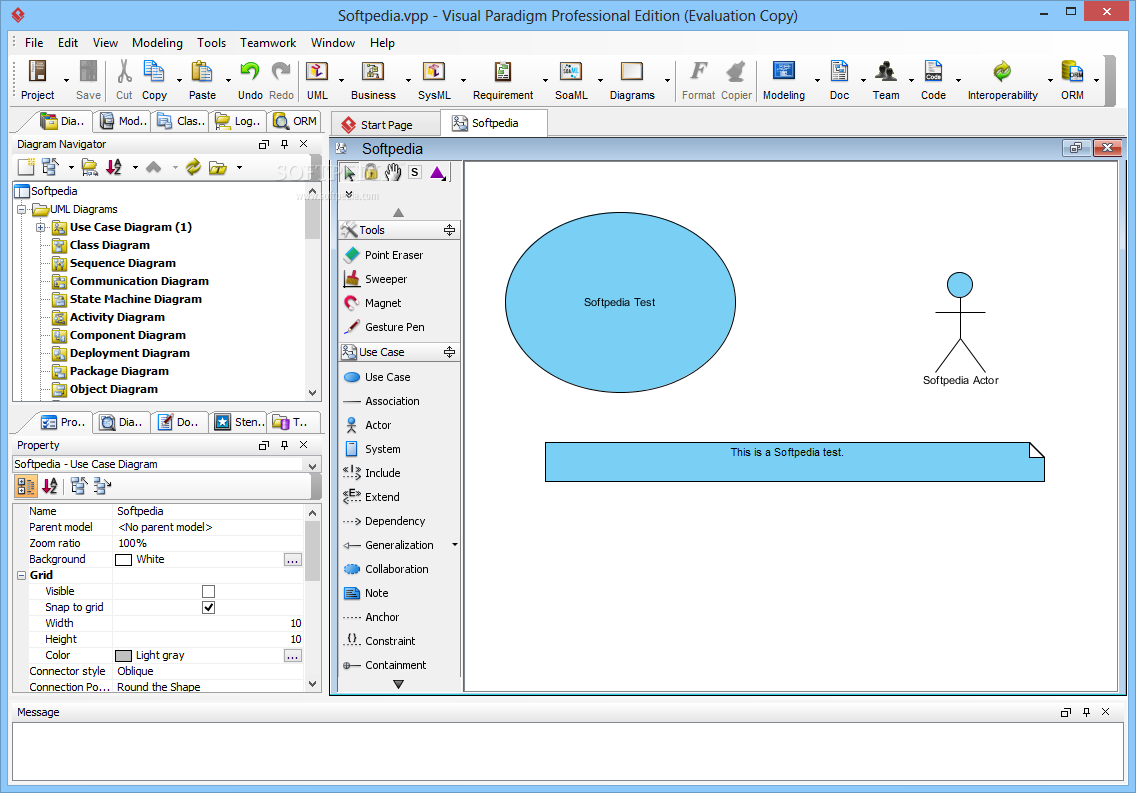

Google, IBM, Oracle, Tencent, and other such providers are also featured. Templates to design AWS and Azure solutions are within reach. Interestingly, designing cloud service architectures is likewise available. Of course, templates for both are available, and users can also create diagrams for data flows, SysML, textual analysis, and so on.
#VISUAL PARADIGM MEDIAFIRE SOFTWARE#
Aside from UML diagrams support, the software also accommodates ERD, which stands for Entity Relationship Diagram, which works to depict representations of interconnectivity between people, things, places, and other such matters. Visual Paradigm Crack is a modern and interactive application through which users can design and draw different forms, reports. More on the templatesĪ great perk of using this software lies in the various templates that users can utilize to jump-start their designs. Use case, class, sequence, deployment, component, state machine, package, and other such diagrams are readily available, each of them targeting very specific project stages, for all kinds of workflows. Whether your work is related to UX or system design, data visualization, model analysis, or anything in-between, the program is well-fitted to respond to any demands of the user's workflow.Īs this is a program centered on modeling, the available diagram-based functions work to offer users a way to create visual representations with relative ease, whilst nevertheless offering a high level of versatility. Several ready-made templates are available to get you started right away. Right off the bat, the software offers users a variety of modes to enrich their modeling.
#VISUAL PARADIGM MEDIAFIRE PROFESSIONAL#
With the various bundled tools, such as inline editing, automatic sequence diagram numbering, quick shape creation, and more such additions, the program affords users the freedom to create professional UML works. If you're looking for such a program, Visual Paradigm Modeler Edition is an offering that seeks to satisfy users with demanding, modeling-based workflows. UML-centered software thus exists to lend users a hand with their modeling workflows.

In short, these are general purpose modeling languages, that seek to provide a standardization of sorts when it comes to visualizing system designs.

Those in the modeling business are most likely in the know regarding unified modeling languages (UMLs).


 0 kommentar(er)
0 kommentar(er)
